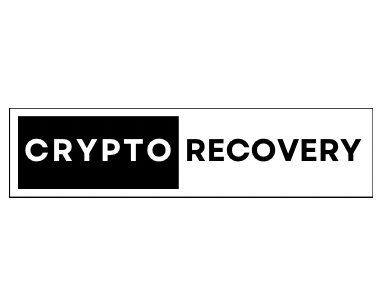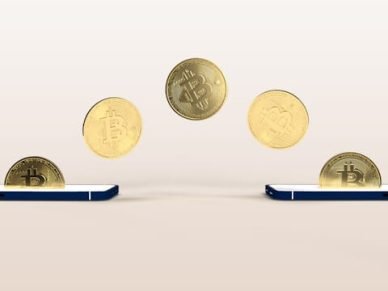Predictive banking could transform banks and financial firms, to their benefit and the customer’s
 Combining machine learning and data mining has led to significant breakthroughs across sectors in the form of predictive analytics, and the world of finance is about to reap similar benefits thanks to predictive banking. With the technology, private and commercial banking customers will be able to harness the power of the massive amounts of data banks have regarding their transactions and financial behavior and use it to make banking easier, safer, and more personal. At the same time, predictive banking benefits the banks themselves by increasing security and efficiency.
Combining machine learning and data mining has led to significant breakthroughs across sectors in the form of predictive analytics, and the world of finance is about to reap similar benefits thanks to predictive banking. With the technology, private and commercial banking customers will be able to harness the power of the massive amounts of data banks have regarding their transactions and financial behavior and use it to make banking easier, safer, and more personal. At the same time, predictive banking benefits the banks themselves by increasing security and efficiency.
Financial Planning and Customer Service
In a predictive banking feature found in mobile banking apps, such as the one rolled out by Wells Fargo in early 2018, customers have quick access to displays of data that shows spending patterns including money spent on bills, at restaurants, stores, and more. Customers can then more strategically budget their spending. As Wells Fargo’s predictive banking manager Patrick Schwaner explained, “(Customers) are experiencing a tremendous increase in spending awareness. We’ve often heard customers say, ‘I had no idea I was spending that much.’ It has given them a real aha moment.”
When a customer’s spending habits are chartered and can be anticipated, predictive banking allows banks and financial firms to issue red flags and send personalized messages to customers issuing an overdraft alert. With the United States ranking 14th in the world in financial literacy, the financial planning assistance offered through predictive banking is arriving at the right time.
All of this contributes to providing a better overall experience for customers who could potentially have virtual bankers working on their behalf, analyzing their activity patterns to suggest appropriate products, and even offering advice on saving. These bots can be programmed to be responsive to critical life events including having a baby, landing a new job, or buying a new home. New parents can be offered options for saving for college while those with new jobs could be encouraged to activate a 401K and home buyers can peruse mortgage options.
Acquiring and Retaining Customers
Software platforms such as those developed by Hortonworks and Pegasystems, Inc., allow banks to leverage customer data in their acquisition and retention of customers — a matter of increasing importance with the rise of competing fintech companies. Examining a customer’s patterns of activity can alert the financial institution that he or she might be preparing to switch banks. AI can look back through the data to discover when problems may have arisen that drove the customer away and they can be addressed.
Similarly, predictive banking makes it possible to use machine learning to build predictive models and score customers based on their likelihood to want a product. Cross-selling new products, such as a line of credit or a mortgage, can be done in a more personal and effective manner, resulting in more revenue per customer. Marketing can be optimized in a similar manner by determining how and when customers react to different campaigns and messages can be sent to the right customers at the right time.
Given time, machine learning could eventually help financial institutions discover the best way to interact with each individual customer, knowing his or her specific preferences and offering digital interactions that are on par with, or better than, the face-to-face experience many currently expect from a human teller in a bank. Such intimate knowledge of customers also allows banks to more easily identify their most valuable customers, developing plans to best serve them, and earning their loyalty.

Fraud Prevention
Benefitting both financial firms and customers, predictive banking is a useful tool in combating fraud. Feedzai is an innovative platform that has been employed by CitiBank that constantly evaluates huge amounts of data to monitor accounts and potential threats and notify customers of suspicious activity.
By aggregating a customer’s financial data, predictive banking can detect even the slightest irregularity in spending that might otherwise go undetected. All activity, online and offline and across all devices is gathered, analyzed, and shared, providing a complete picture of each client.
Looking Forward
As machine learning and predictive analysis technology continues to improve, predictive banking will become a bigger part of the financial sector. Customers will begin to see the benefits and appreciate the individualized attention they receive and come to expect nothing less. That being the case, financial firms of all sizes will likely have to adopt methods of predictive banking or risk losing customers.
The data is already there, it’s simply a matter of putting it to good use.















